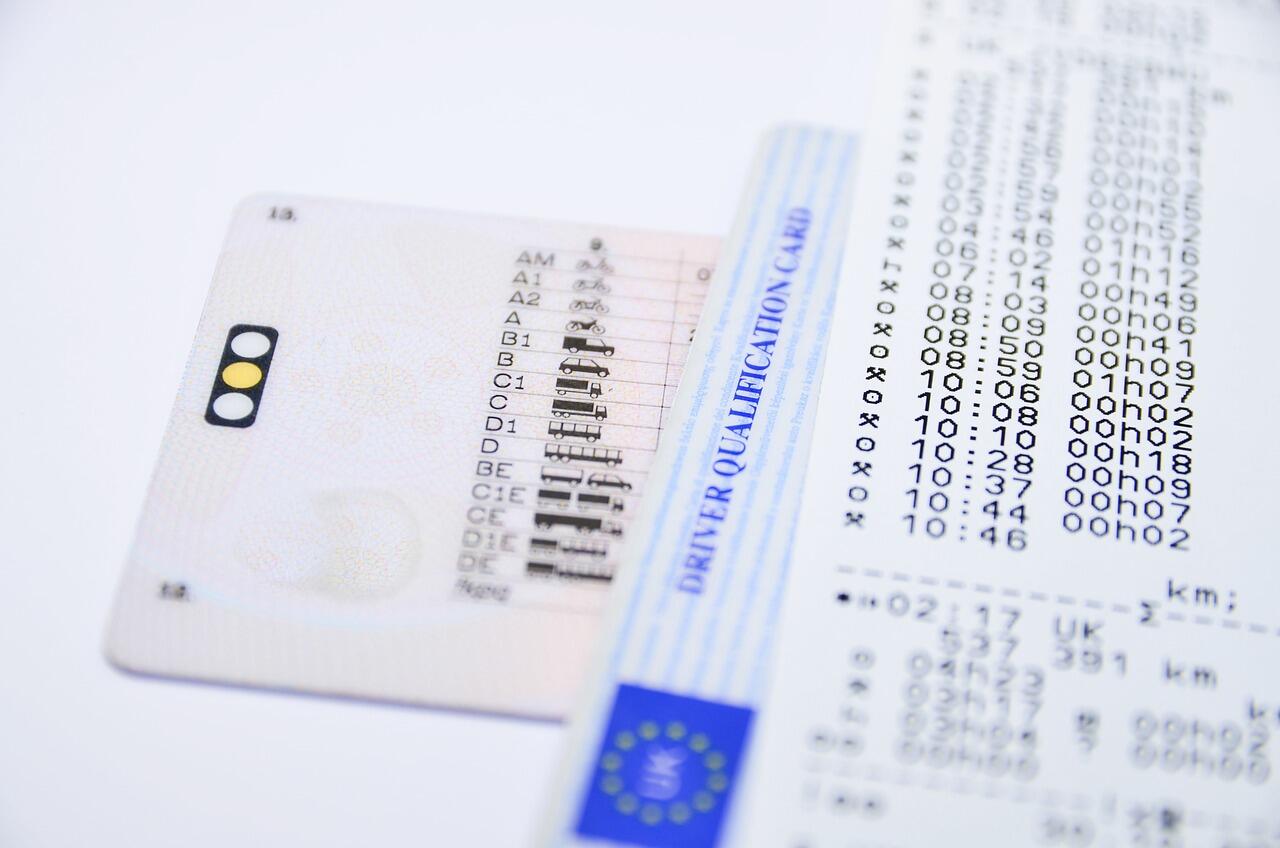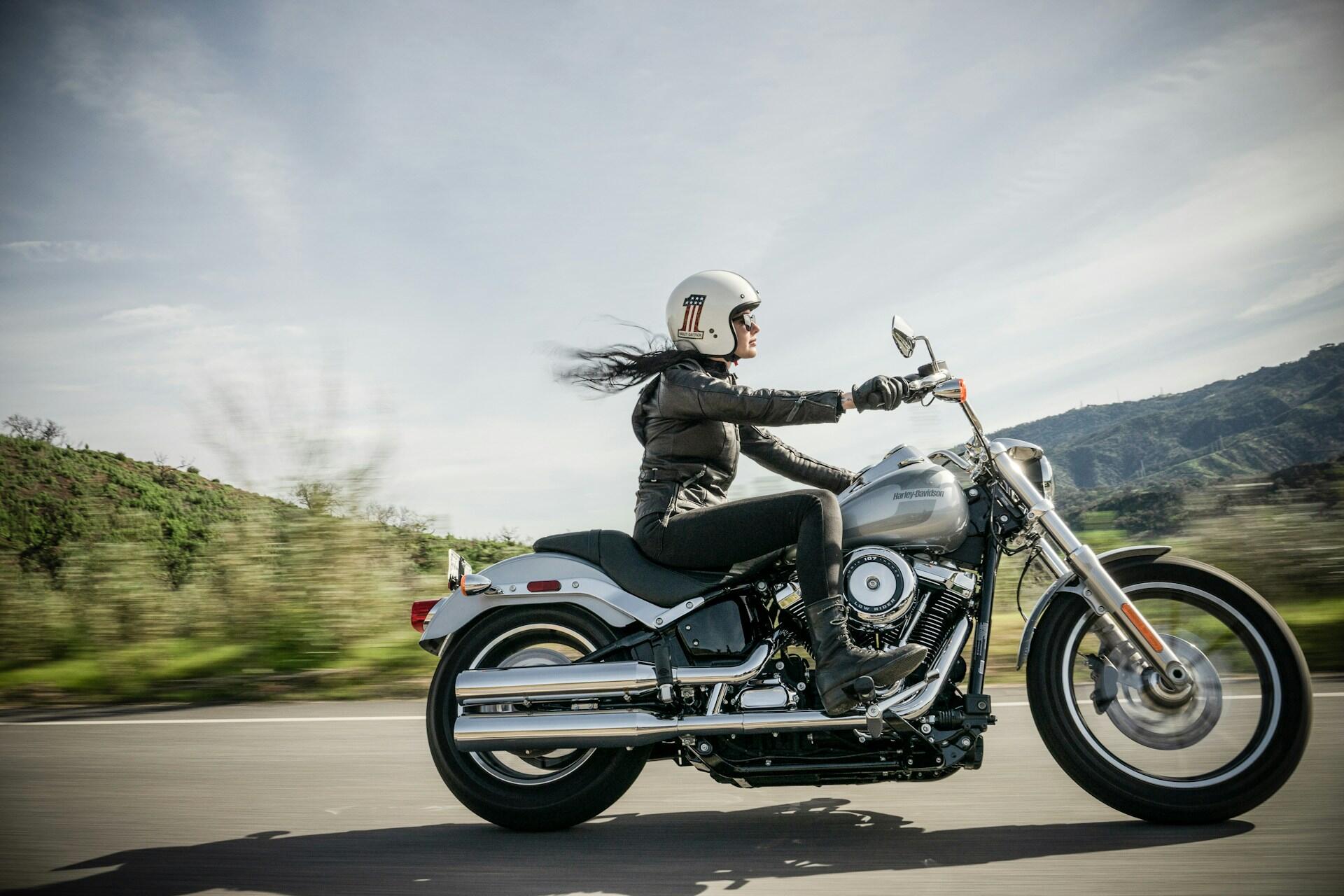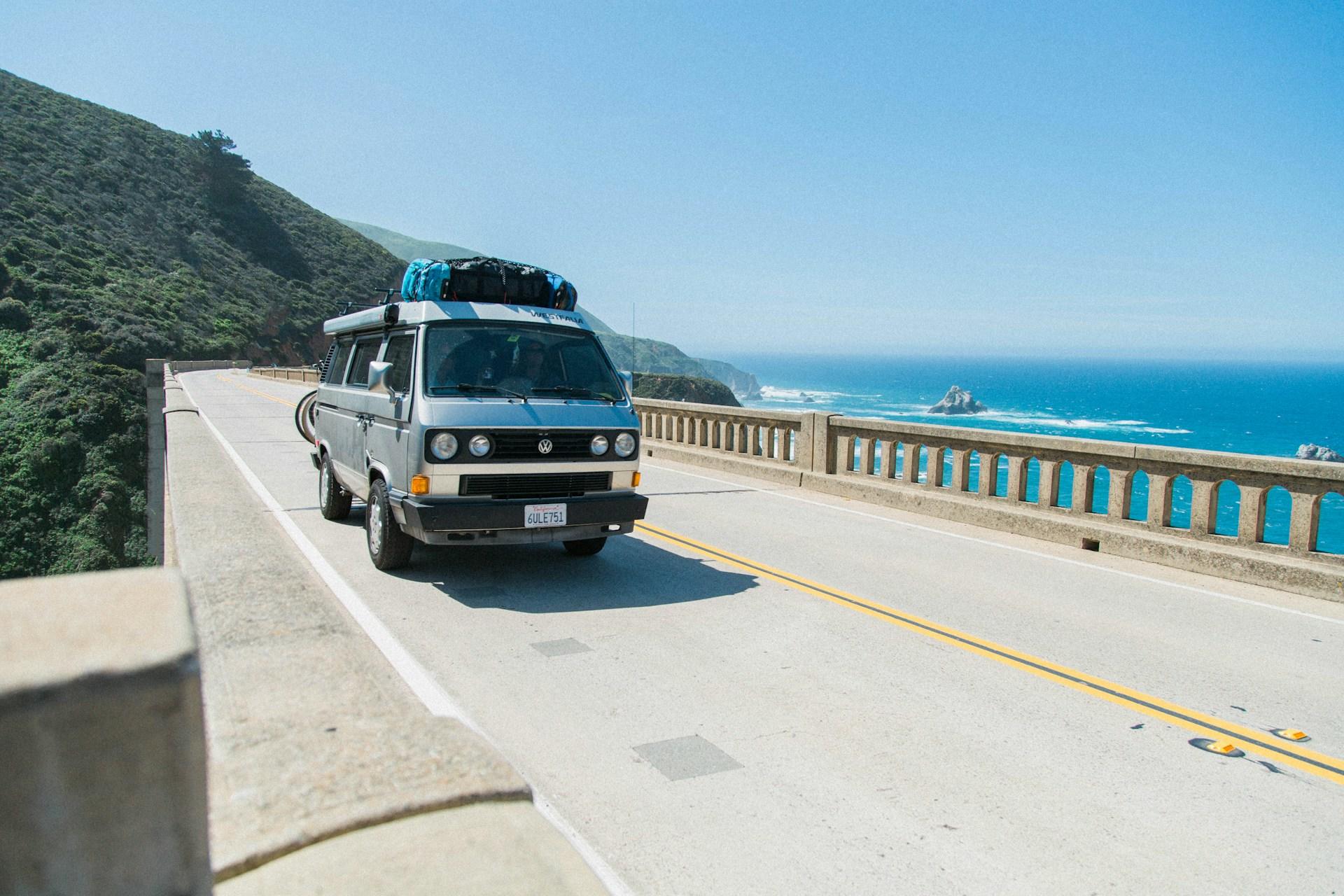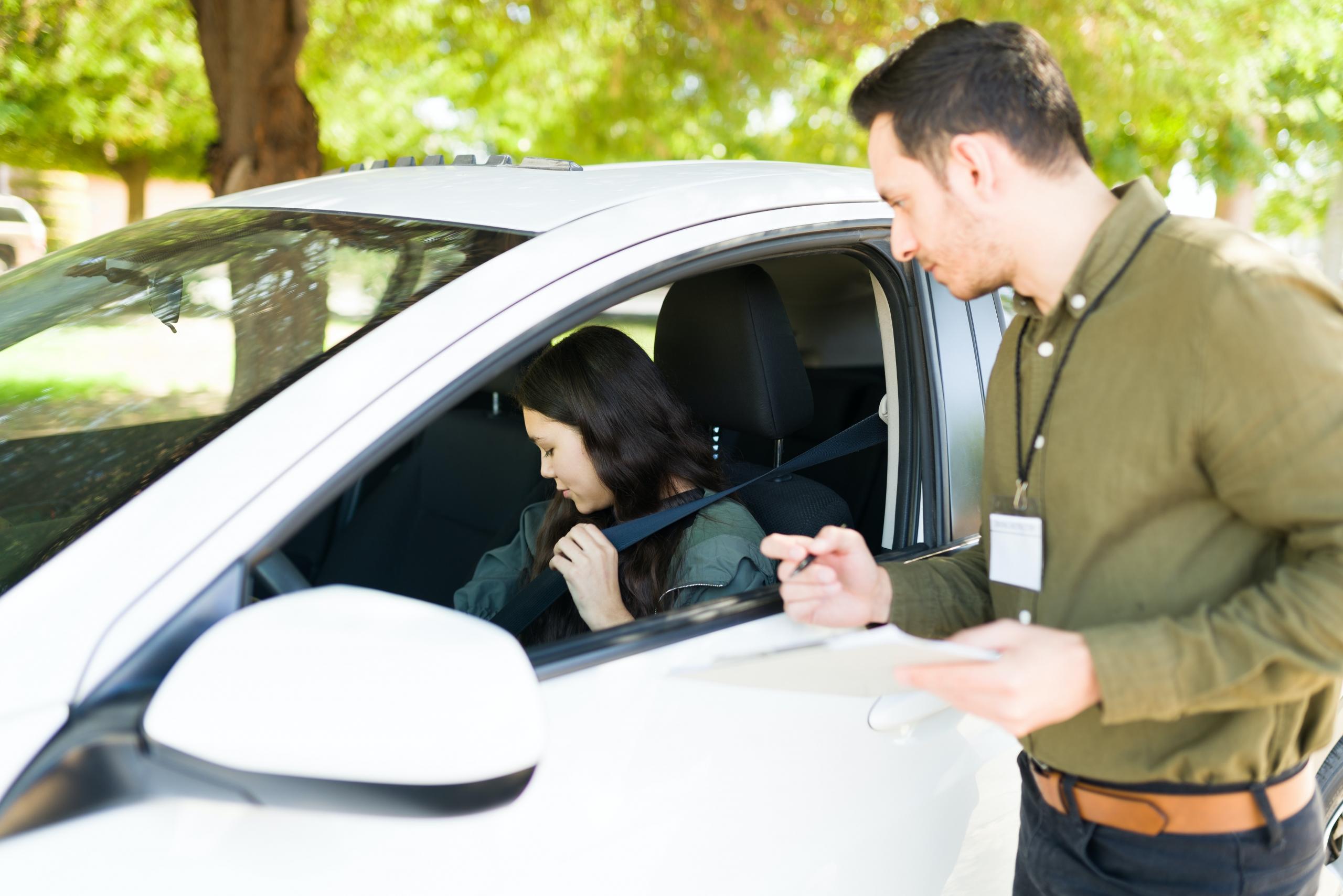Getting your driver's license is one of life’s greatest milestones. However, before you jump the gun and go ahead with your application, you’re going to need to decide on what the right license for you is. There are a number of different license classes available here in the US that cater for a range of driving needs and types of vehicles. Regardless of what your needs are when it comes to driving, the major learnings that will surface over the course of your application process are the rules of the road. In this article, we will cover the various license classes available to you so that you can make a more informed decision as to the appropriate option for you.
| Class | Vehicle Type | Description |
|---|---|---|
| Class A CDL | Commercial Vehicles | - Combination vehicles with a GCWR of 26,001 lbs. or more - Towed vehicle more than 10,000 lbs. GVWR |
| Class B CDL | Commercial Vehicles | - Single vehicles with a GVWR of 26,001 lbs. or more - May tow a vehicle not exceeding 10,000 lbs. GVWR |
| Class C CDL | Commercial Vehicles | - Vehicles designed to transport 16 or more passengers (including driver) - Vehicles used to transport hazardous materials |
| Class D | Non-Commercial Vehicles | - Standard passenger vehicles (cars, SUVs, small trucks) - GVWR less than 26,001 lbs. |
| Class E | Non-Commercial Vehicles | - In some states, similar to Class D - May include vehicles up to 26,000 lbs. GVWR |
| Class M | Motorcycles | - Two or three-wheeled motorcycles |

Commercial License Class A & B
In order to avoid confusion, let’s make our way through the list in alphabetical order and turn our attention to the commercial license classes A and B. These are the most popular options of commercial drivers licenses and make for the best option for those looking to work behind the wheel.
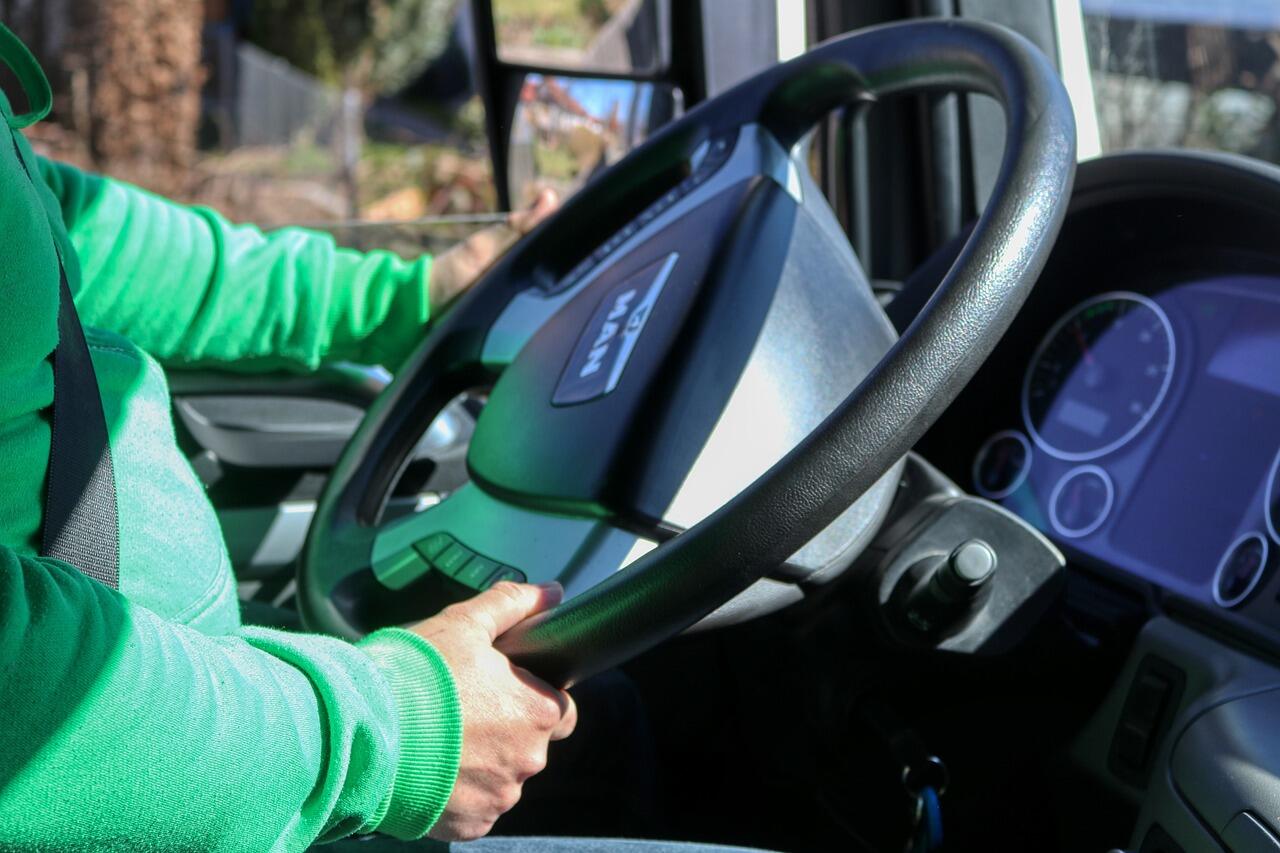
So, what these classes offer and how they differ are two questions you’ve already got on your mind. Well, a Class A CDL will allow you to legally drive combination vehicles weighing 26,001 pounds or more with a towed vehicle that weighs over 10,000 pounds.
So this basically covers you when it comes to operating tractor-trailers, livestock carriers, and flatbeds. If you work with trailers, transport or on the farm, then this likely appeals to you, making you more efficient at the work you already perform or more valuable to an employer you currently work for.
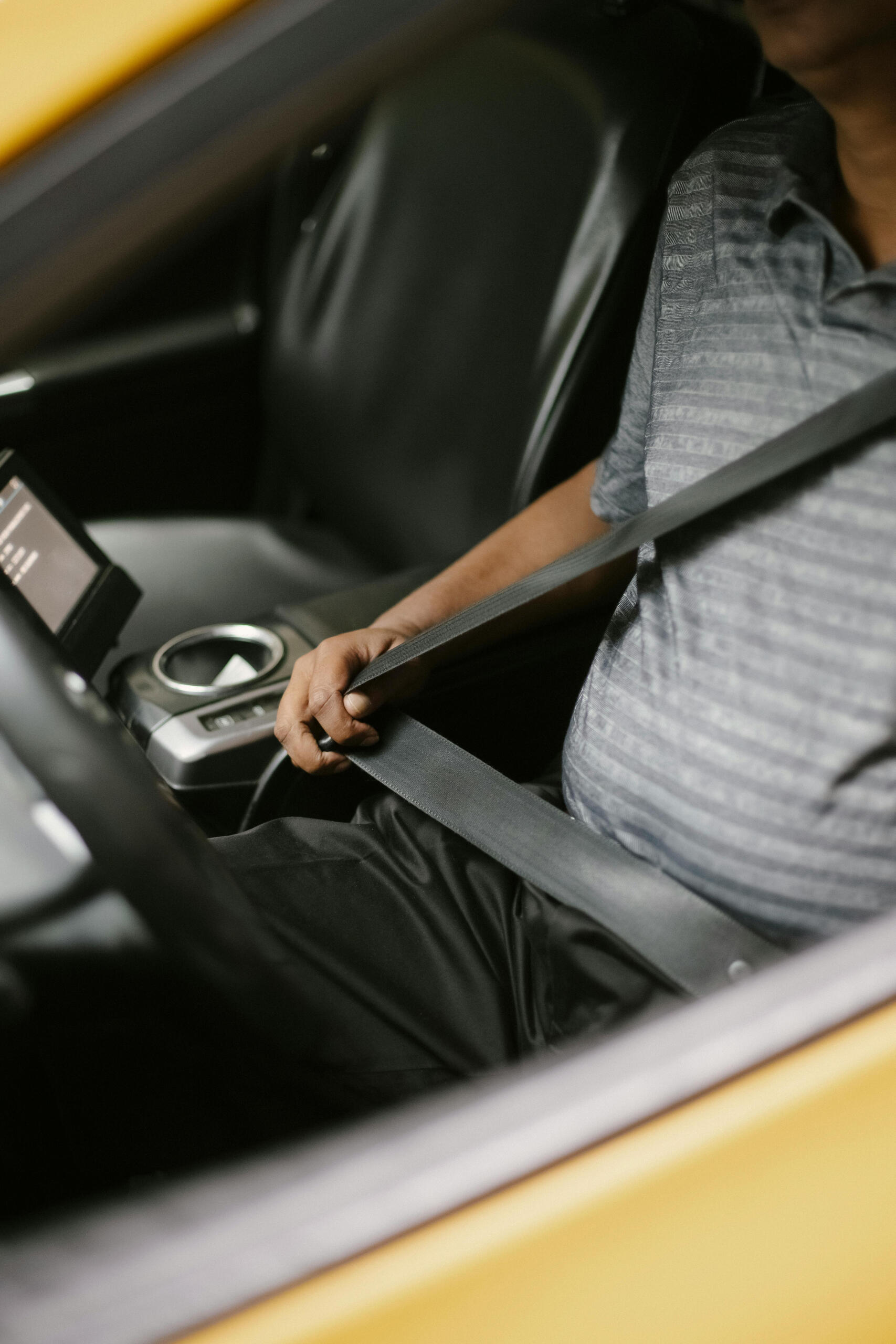
Class B is a little more specific as it allows you to drive vehicles over 26,001 pounds or tow vehicles under 10,000 pounds.
Those who get their hands on the license can legally drive straight trucks, dump trucks, and large passenger buses.
So, if it fits the description of the vehicle you have parked in the driveway or garage, then you know what license class to work towards.
Other determining factors that might help you decide between these two classes would be your work needs. Class A opens up more opportunities with interstate trucking companies, while Class B works better if you prefer staying closer to home by driving school buses or dump trucks.
Non-Commercial Vehicle Driver’s License Class C
The non-commercial vehicle driver's license is one of the more commonly opted-for licenses across the US. A Class C driver's license represents what most people consider a "regular" driver's license. This class serves your everyday driving needs perfectly, unlike the commercial licenses we discussed earlier. If you’ve got a sedan, SUV, or small pickup truck out your front then this will allow you to get it on the road legally in most states.

It’s important that you double-check the regulations in the state in which you reside before jumping right into the application process, as there are often discrepancies in what the license qualifies you to do between states. For instance, Class C and Class D, which we will discuss next, are often confused, as in many states, they constitute what we consider to be ‘regular licenses’ while in other states, there are differences between the two.
However, in the majority of states, a Class C license lets you operate any single vehicle under 26,001 pounds, which covers most personal vehicles on today's roads.
Given that it’s a non-commercial license, it isn’t suitable for transporting paying passengers or hauling commercial goods. If this is what you’re after then you’ll need to consider an alternative option.
However, if you're looking for something that will allow you to get from point A to point B, then your search might end here.
The journey to getting that license in your hands will require you to complete a standard driver's test, both theory and practical.
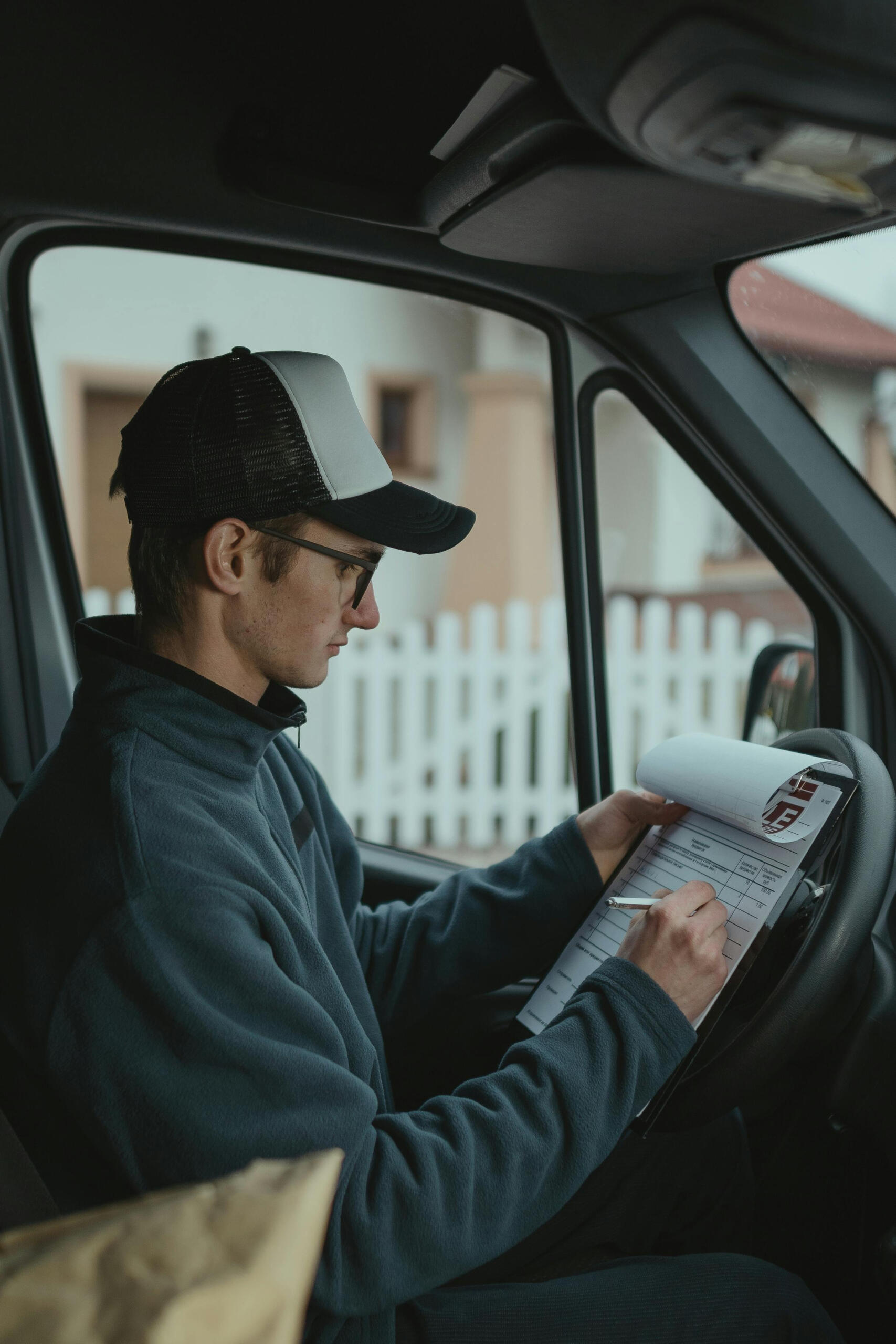
Other than that, you’ll just need to pass a brief medical exam and depending on the state you’re in, you need to be a minimum of 16 years of age before furthering your application.
Standard Operator’s License Class D
Across many states in the US, drivers use a Class D license as their basic operator's permit for everyday drivers. The Class D designation shares a number of traits with the Class C license but comes with its own distinct features that drivers should know about. A Class D license lets you drive standard passenger vehicles, much like a Class C.

Only some states allow you to drive vehicles up to 26,000 pounds with this license class if you're not using them commercially. This is why Class C is the choice most opted for when it comes to vehicles of the larger size, while Class D generally fits the bill for passenger vehicles across most states. Nonetheless, this license class serves to fit your needs if you want to get out on the road in anything from a small car to larger SUVs and pickup trucks.

There is also a probationary period from when you earn your license that will depend on the state you reside in, restrict your ability to drive at night, and limit the number of passengers you take with you.
This measure is in place to ensure you gain sufficient road experience before making these sorts of journeys.
No matter how eager you might feel to jump right in and progress through the application steps, make sure to pay a visit to your local DMV offices first to find out the specific details about requirements and restrictions in your area.

Non-Commercial Vehicle Drivers License Class E & F
In order to drive large recreational vehicles, you’re going to need to arm yourself with more than a standard license. This is where Class E and F non-commercial licenses come into play. The former allows you to operate single-unit vehicles over 26,000 pounds, like large trucks and motor homes.
The latter is a little less commonly opted for and extends to allowing you to operate non-commercial combination vehicles weighing more than 26,000 pounds. So, if you frequently or plan to at any stage tow a trailer with your RV and the combined weight goes over 26,000 pounds, you’re going to need to pick up the class F license.
The process behind getting your hands on either of these license classes is largely the same as the other categories mentioned thus far in this article. The main difference would be the higher passing grade required in the theory exam of 88% and, of course, the sort of questions you’ll be examined on!
If you do decide to go down the road of applying for the Class F license, you should note that you’ll need to have a trailer ready to go for your practical driving assessment. You don’t want to turn up on the day only to realize you won’t be able to complete your assessment!
Motorcycle License Class M
If you’re sold on the idea of getting around on two wheels and spending less time stuck in traffic then you’ve likely already set your sights on the Class M license that will allow you to legally drive motorcycles.
The majority of states offer two options when it comes to becoming an eligible driver in the eyes of the law. The first option is to have motorcycle driving added to your existing driver's license, while the second is to get a dedicated motorcycle license.

In all states, you need to be over sixteen years of age in order to start your application, with some states requiring those under eighteen years of age to have signed parental consent before they can continue taking steps towards getting their license. You’ll also need to be mindful of the experience you have on bikes. Riders under 21 have to get a motorcycle learner's permit and keep it for six months. If you already have an M-class license in another state, many states will allow you to transfer your license over.
NHTSA estimates that helmets saved the lives of 1,872 motorcyclists in 2017 and 749 more could have been saved if all motorcyclists had worn helmets.
In other states, you may be required to complete a motorcycle safety course, so make sure to get some clarification by consulting your local DMV. This is a relatively straightforward class, and if you have any ambition of driving a motorcycle, you can be sure that this is going to be the option you need.
Getting Your Own License
Now that you’re armed with an understanding of the various license categories that you have available to you here in the US, you’ll be able to make an informed decision as to what the correct license is for your driving needs. Knowing how to navigate the process certainly makes what can be a rather daunting task, rather manageable.
Many driving students across the US turn to platforms such as Superprof to pair up with experienced driving instructors to accelerate the rate of their learning when it comes to both components of the assessments. Whether you need to build your confidence driving around the town’s streets for the practical driving exam or a helping hand preparing to sit your exam, working with an experienced instructor is the best way to ensure your learning is on track. With the right license in hand, you’ll be able to experience that sense of freedom you’ve been longing for on the roads. Best of luck!

